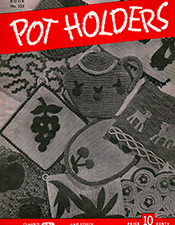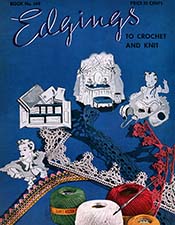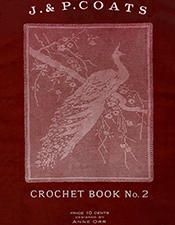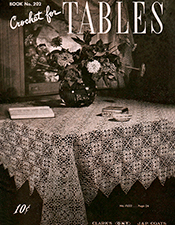Vintage Crochet Patterns
These leaflets are in progress!
Follow on social media to get live updates as patterns are added. Sign up for the newsletter to get an email when each leaflet is completely restored.
The Spool Cotton Co Book 222 |
The Spool Cotton Co Book 149 |
J. & P. Coats Book 2 |
The Spool Cotton Co Book 202 |
Browse and print the patterns for free, or buy the ad-free eBooks. Purchase of these eBooks and bundle packs help defray the costs of the websites. Thank you for your support!
Please note: An eBook is an electronic, downloadable book. You will not receive a hard copy in the mail.
Feel free to try out one of these free eBooks first to see what you can expect.
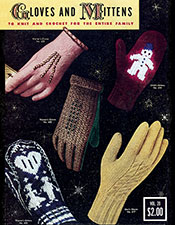 |
Bernhard Ulmann Company ©1953 |
 |
|
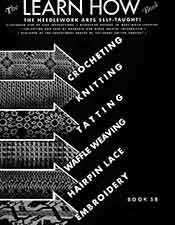 |
Spool Cotton Company ©1936 |
 |
|
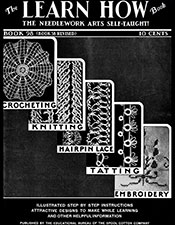 |
Spool Cotton Company ©1936 |
 |
|
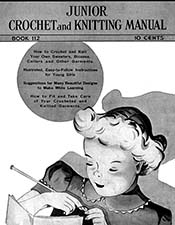 |
Spool Cotton Company ©1937 |
 |
|
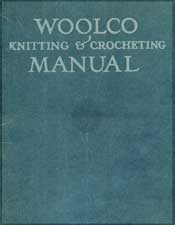 |
Woolco ©1916 |
 |
|
The art of making fabric from yarn has been handed down from generation to generation. Mothers teach their daughters. Aunts teach their nieces. And grandmothers share their crochet tricks and tips with the entire family. The art of crocheting or making fabric from yarn has been around for centuries. It has a significant history in the United States and abroad.
No One Knows When Crocheting Really Started

The truth is that historians aren’t quite sure when the art of crocheting actually began. Some research suggests that it developed from Chinese needlework, which was practiced in Turkey, India, Persia and North Africa, and then spread to Europe where the French modified the practice.
According to American crochet expert, Annie Potter, the form of crochet that is practiced today was developed during the 16th century and became known as ‘crochet lace’ in France and ‘chain lace’ in England.
Some historians believe that crochet has been known as far back as the 1500s, where Italian nuns worked on church fabrics. It was called ‘nun’s work’ or ‘nun’s lace.’
Crocheting Saves Ireland?
It’s said that Irish crochet saved the lives of the people of Ireland. During the potato famine from 1845 to 1850 people crocheted by the candlelight. They crafted delicate collars and cuffs which became quite trendy amongst the social elite in Europe. Their work was sold abroad and it helped keep many families fed. The workers created crochet cooperatives. Families were able to save up enough money from their crochet work to immigrate to the United States where they were able to live better lives. Of course, they brought their craft with them and the art of crocheting spread throughout the United States.
Early Crochet Patterns
Today you can literally find thousands of different crochet patterns and you can craft anything from a decorative flower to an afghan. Crochet patterns used to be handed down from generation to generation and weren’t written down, but rather were taught and passed along via word of mouth. It wasn’t until 1824 when the first crochet pattern was printed. And instead of patterns for cell phone cases, the earliest patterns were for purses made from gold and silver silk thread.
While the origins of crochet are still a bit of a mystery, one can’t deny the global popularity of this art form. It saved a generation of Irish from famine, and it helps millions of people today unwind, express their creative side, and make money from their craftwork.
Crochet Patterns
There are literally thousands upon thousands of free crochet patterns that are no longer available simply because they were published many years ago and are now out of print. Fortunately, the Internet gives us the opportunity to share these fun, exciting and long lost designs for everyone to enjoy again. We are currently working on reproducing our library of vintage patterns that have passed into the public domain and will include them here as quickly as we can.
All of the crochet patterns that appear on this website have passed into the public domain. That means that these designs are no longer protected by copyright and you are free to do whatever you would like to do with them! Copy them, share them, make finished items from them and sell them - let your imagination run wild!







